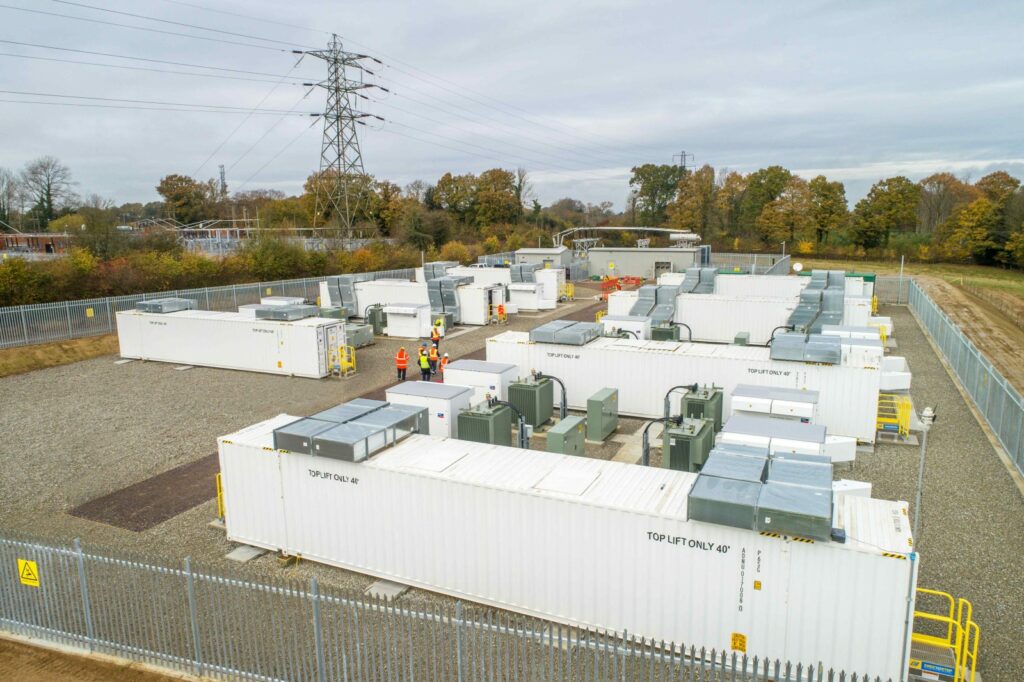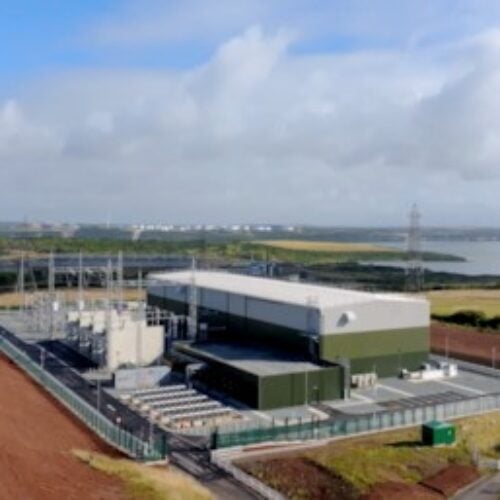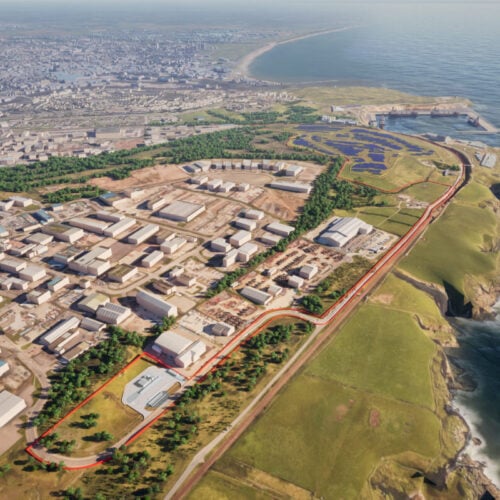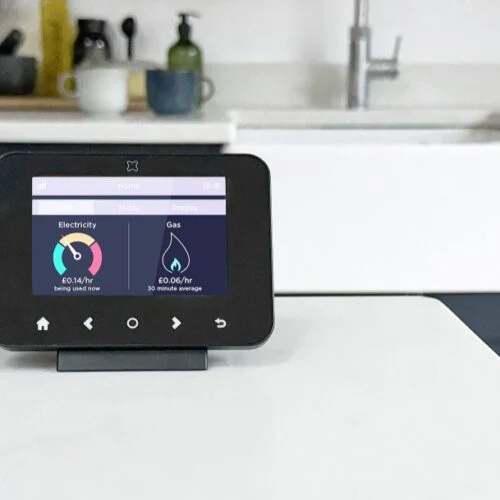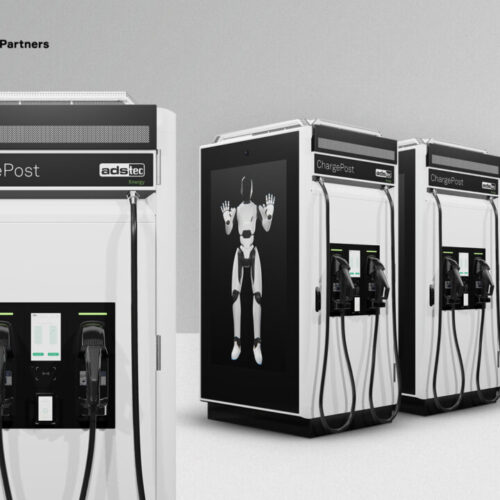The vast majority of battery projects set to compete in the upcoming Capacity Market (CM) auctions will face significantly decreased de-rating factors after it emerged that most projects are still set to use either 30 minute or one hour duration batteries.
The latest update from National Grid’s Electricity Market Reform (EMR) delivery body, which facilitates the CM, has shown the majority (~62%) of batteries proposed for the T-1 to be delivered later this year offer an hour’s duration, with 36% being 30 minute batteries. Similarly, the T-4 update shows a fairly even split across the two most popular duration periods, with ~44% offering 30 minute discharge and 42% an hour.
The longest duration battery in the T-1 offers two hours alongside two 90 minute projects, while the T-4 offers a number of two and four hour duration batteries in addition to a small proportion of six hour pumped hydro projects.
However, with a combined battery storage capacity of 4.5GW across the two schemes, new de-rating factors recently implemented by the Department of Business, Energy and Industrial Strategy (BEIS) mean that developers will only have access to revenues from less than 1.3GW.
The update from the EMR body, published late on Friday (12 January) afternoon, shows the projects left to compete following changes to prequalification decisions, credit cover requirements and outstanding prequalification reasons.
Planning consent status was also included, with the deadline for this extended to this month following the publication of new de-rating factors in early December.
The number of batteries set to compete in the upcoming auctions has fallen significantly since December’s initial results, with 29 prequalified projects lost from the T-1 – down to 74 – and 82 lost from T-4, which now has 145 prequalified battery projects.
This suggests a number of developers opted to cut their losses since December’s initial results and it is now unclear if or how these projects will be brought to market without a CM contract. With many offering short duration capability for frequency response, it is likely many will try to win firm frequency response (FFR) contracts in a rapidly diminishing market as National Grid prepares a new suite of service products.
However, some batteries that failed to secure initial prequalification in the CM, such as Vattenfall’s 22MW EFR battery at Parc y Cymoedd, have returned following the Tier 2 appeals process. Aggregators Kiwi Power and Limejump, which had swathes of capacity rejected in December, have also had projects conditionally approved in both auctions while the UK’s first subsidy-free solar farm Clayhill remains locked out.
These projects remain ‘conditionally prequalified’ as they have yet to post credit cover and must now do so in time to confirm entry into the auctions.
If they do not post credit cover in time, but do post it in the regulated timeline of 15 working days from status change, they will have the opportunity to decide to take an agreement at the clearing price.
The projects will now compete at the end of the month in the T-1 auction, slated to start on 30 January, before the T-4 for delivery in 2021 will kick off on 6 February.
